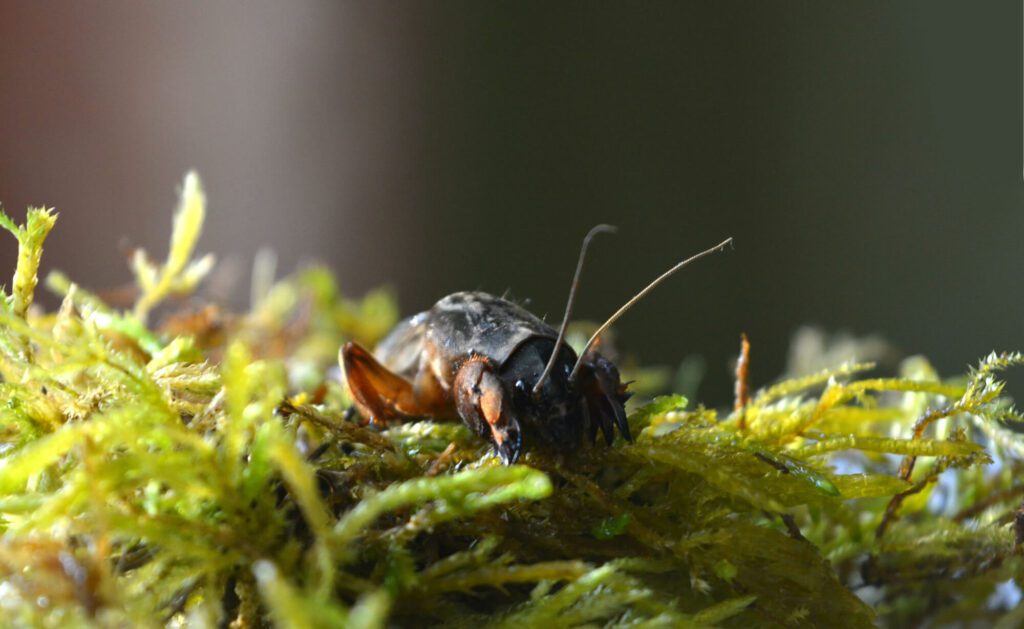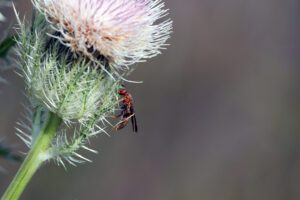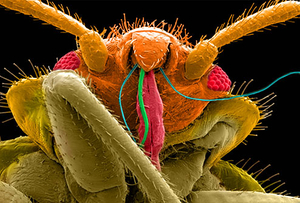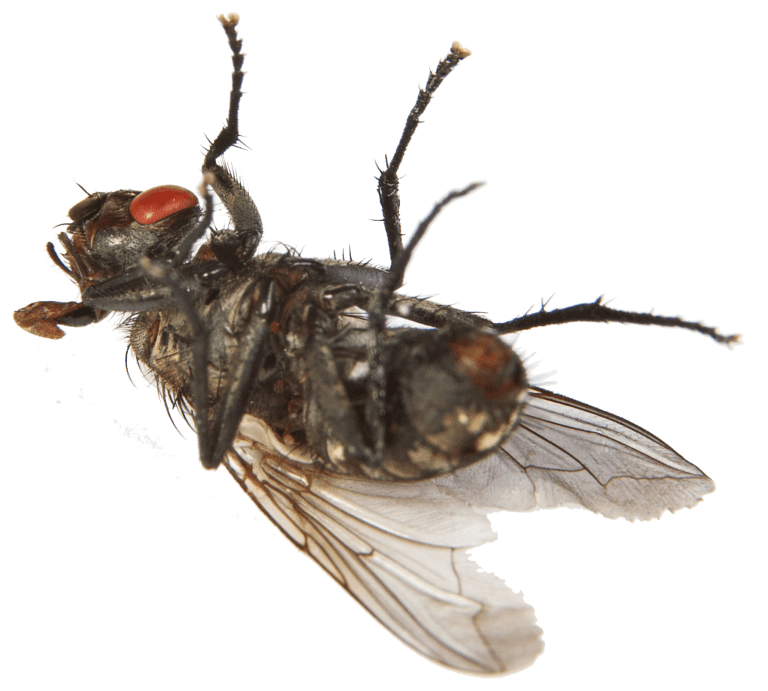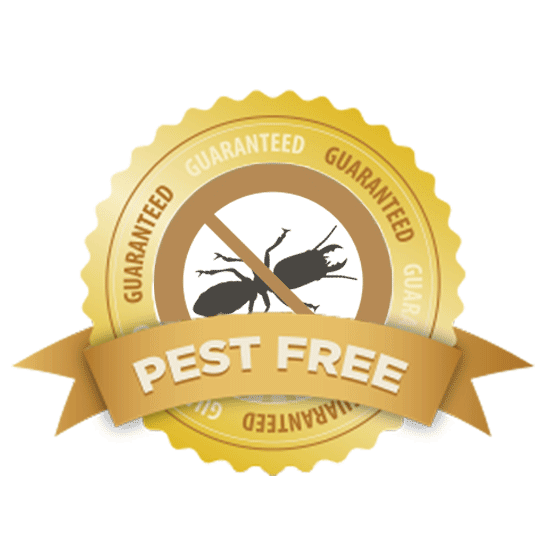Just because an insect is tiny doesn’t mean it can’t do serious damage to your lawn.
To add insult to injury, you’ve probably worked tirelessly on your lawn to ensure it’s in tip-top condition. Come summer, those pesky mole crickets make it their mission to undo all your hard work.
We understand the frustration of trying to eliminate a pest which is unpredictable and goes unseen for most of the year.
If you’re looking for some handy tips on how to tackle a mole cricket problem, this blog outlines everything you need to know.
How to Identify a Mole Cricket
Mole crickets are well-adapted creatures for digging and tunneling through the dirt below your grass level.
You’ll be able to identify a mole cricket by their gray-brown coloring, velvety bodies and distinct front legs, which almost look like spades.
An adult mole cricket grows to approximately 1-2 inches long, plus a quarter-inch in width with their wings spread. Nymph mole crickets are far smaller and don’t have any wings as they’re still in an infancy stage.
Mole crickets feed on the roots of grass plants and are hard to spot as they live below the soil’s surface in their burrows.
Damage Caused by Mole Crickets
Throughout the Southeastern region of the United States, mole crickets are a common problem for most homeowners.
These pesky critters like to feed on the roots of common grass variations in this part of the U.S. These include bahiagrass, bermudagrass, St. Augustinegrass, centipedegrass, and zoysia.
However, mole cricket damage is actually caused by their burrowing through the soil just below the grass surface.
The network of tunnels tends to loosen the topsoil, uprooting grass plants which then dry out and die.
Mole cricket damage occurs in warmer climates, most especially in regions along the Southeastern coast.
Damage caused by mole crickets can be recognized by raised soil, caused by burrowing, as well as dry or dead patches of grass.
Lawns which have an abundance of thatch– comprised of undecomposed grass clippings, create ideal conditions for mole cricket infestation.
Improper mowing of your lawn, excessive watering and fertilization can also lead to mole cricket infestation.
During the winter, mole crickets dig deep burrows in which they hibernate until the weather begins to warm up. Once spring rolls around, they begin feeding on grass roots, usually during the evening.
Female mole crickets tend to lay their eggs in spring, just below the surface of the soil. In early summer, nymphs will hatch and begin to grow, with most of the damage seen around mid-July.
Preventing Mole Cricket Infestation
As mentioned, mole crickets do their feeding at night and return to their deep burrows during the day, making these pests tricky to control.
Though their burrows reach 10-20 feet deep, you should be able to identify a mole cricket problem by small mounds of soil or a spongy lawn underfoot.
Patches of grass may also turn brown and die off in certain areas where mole crickets have loosened the grassroots from the soil.
Organic Mole Cricket Elimination
If you’re not a fan of using chemical insecticides to eliminate pests from your home, there are organic ways to manage mole crickets.
Effective control of mole crickets relies on the season and their current life stage, so it’s all about choosing the right time to eliminate these pests.
If you choose the early springtime, you may be successful in reducing tunneling damage, but this is not always a long-term solution.
Choosing the summer as a treatment period is often far more effective as this when nymphs have hatched and can be fully eliminated.
Keep in mind that it’s also effective to apply parasitic nematodes in the spring though. This works to attack adult mole crickets, and prevent females from laying eggs.
This being said, early treatment and prevention is always the best option. By the time damage is visible, controlling the issue is far more difficult.
To check for the presence of mole crickets in early spring, you can simply use a soapy water solution. Use two tablespoons of dishwashing liquid to one gallon of water.
Pour this soapy water over a 1-2 square foot area in the early morning or late evening. If you have a mole cricket infestation, they will surface fairly quickly.
If more than four mole crickets surface, this is an area which needs to be targeted for treatment. Wait for early summer to use biological controls.
Some of these include predator insects, such as the crabronid wasp and tachinid fly as well as nematodes. Apply in early spring or fall to eliminate adult mole crickets.
Chemical Mole Cricket Elimination
Yes, this may a simpler or easier option, but it’s not always the healthiest route to take for the quality of your grass.
However, chemical insecticides such as Imidacloprid can be applied in June or July which works to eliminate small mole cricket nymphs.
This chemical can be used in a spray bottle, as granules or used as bait. Make sure to apply to moistened soil in a cooler part of the day i.e. during the night.
Moist soil will help with the penetration of the insecticide and will also encourage mole crickets to move to the surface of the soil.
The best way to go about mole cricket control is to take note of where damage is most obvious in the spring. Map out the area of damage and make a plan for elimination in the summer.
The helps to control mole crickets soon after they hatch, eliminating the current population while also avoiding extensive damage later in the year.
Need an Insect Inspection?
Struggling with a mole cricket infestation and just don’t know where to start? At Command Pest Control we’re here to help.
As part of our services, we offer specialized lawn spraying, termite control, rodent and other pest control.
Additionally, we offer onsite inspections of your home if you have concerns over a potential infestation.
When pests are found in your home, we understand the importance of their timely elimination. With Command Pest Control, we’ve got you covered!
Schedule an inspection with us today.

